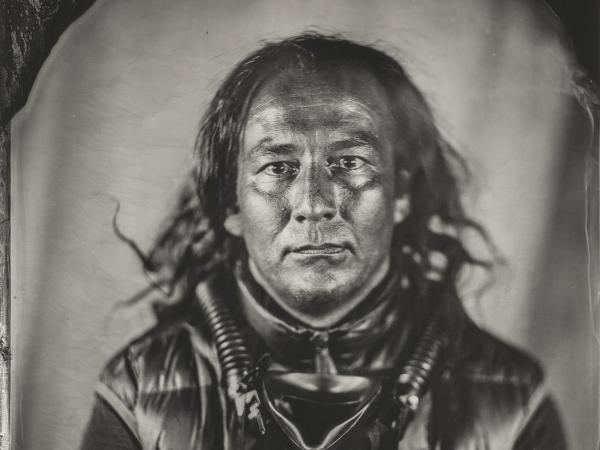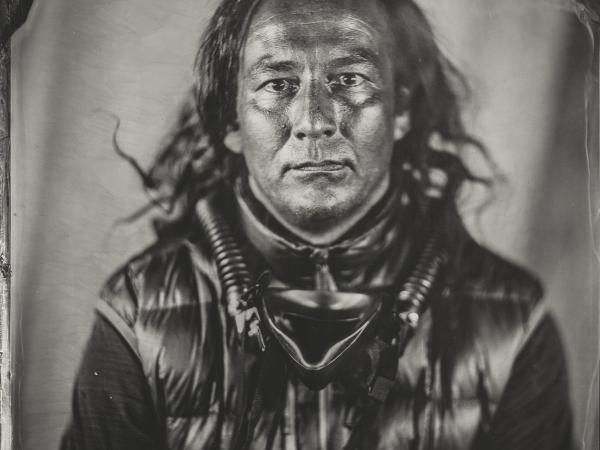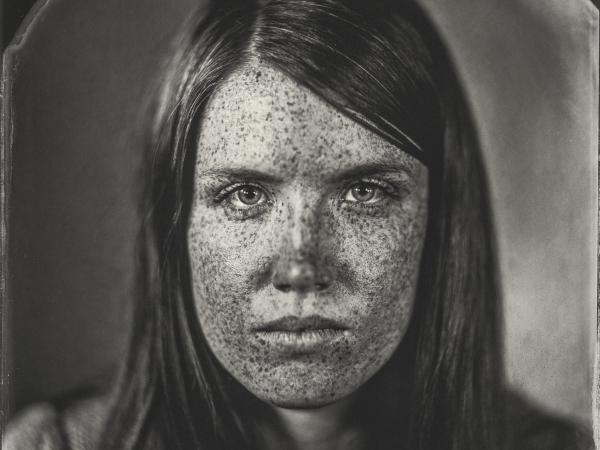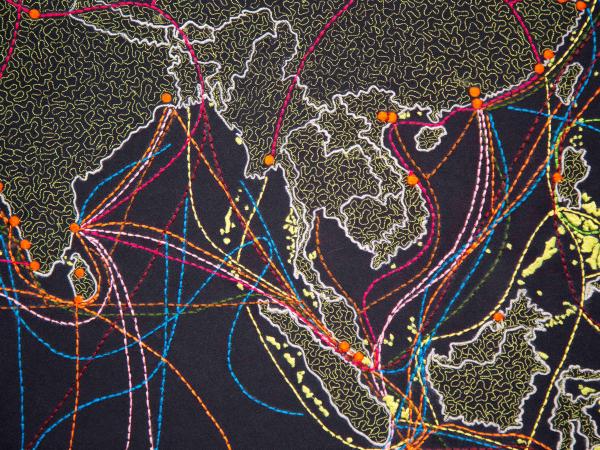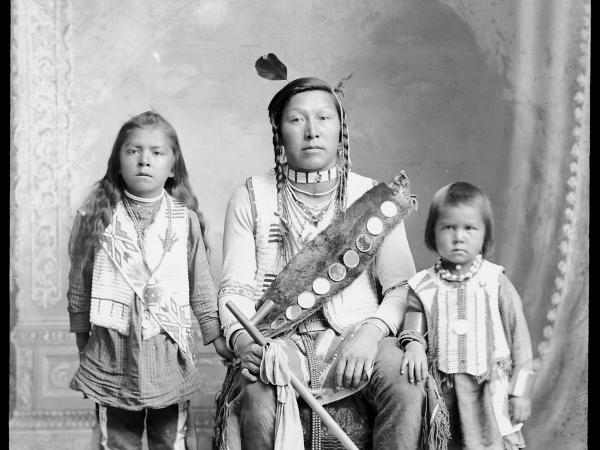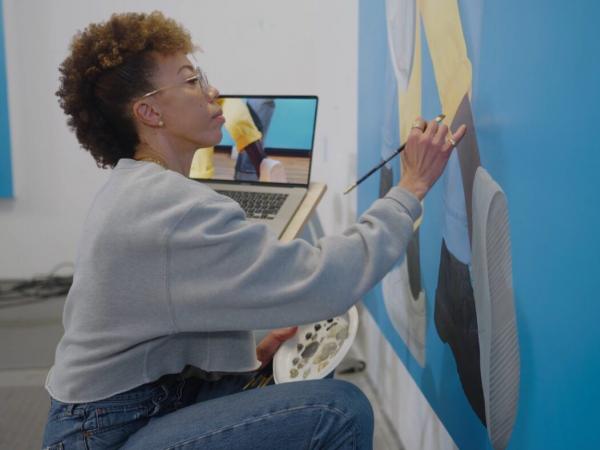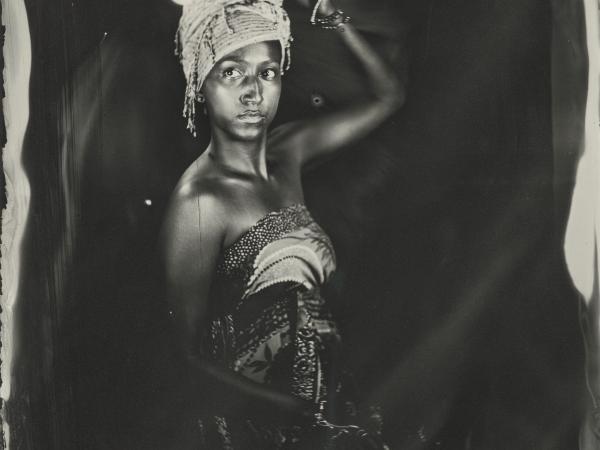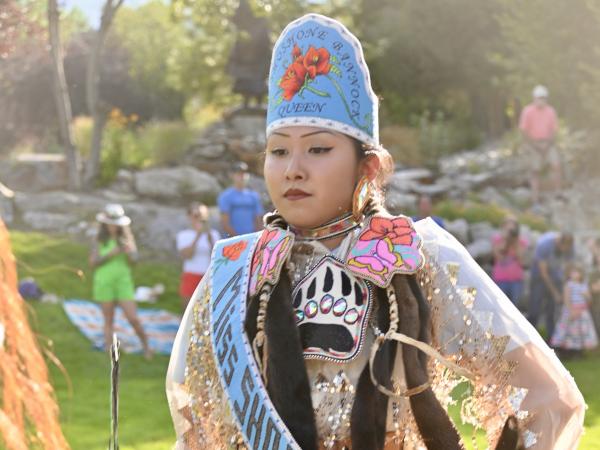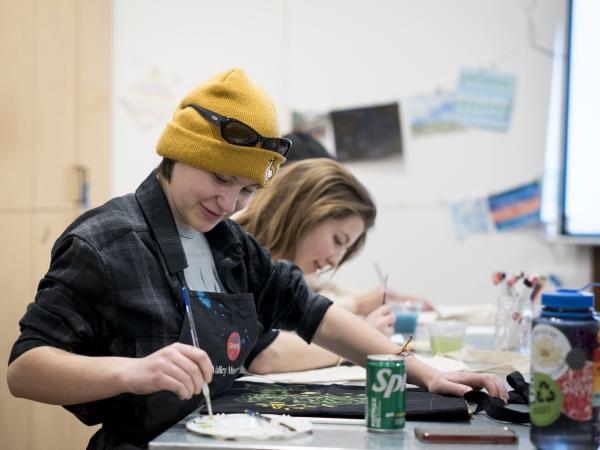“[Edward] Curtis created the most comprehensive archive of Indigenous North Americans, and now contemporary artists want to take that authority back and create archives of who they believe themselves to be.”
—Will Wilson
Diné photographer Will Wilson’s ongoing Critical Indigenous Photographic Exchange (CIPX) project is dedicated to creating a contemporary vision of Native North America. At the turn of the twentieth century, American photographer Edward Sheriff Curtis (1868–1952) embarked on a journey to produce a series of portfolios that documented Native Americans and their ways of life. The results, published as The North American Indian (1907–1930), were decidedly romantic while being received as reality. Curtis reduced his subjects to archetypes rather than allowing for personal agency. He would often provide props and worked diligently to ensure no examples of modern life appeared in his constructed scenes. For Wilson, CIPX is a way to create new conversations that decenter the work of Curtis and instead emphasizes exchange over problematic documentation.
For CIPX, Wilson employs a wet-plate collodion photographic technique, based on the nineteenth-century method that involves exposing and then developing a plate that has been coated in light-sensitive chemicals. Wilson pushes the CIPX project into the contemporary with the inclusion of “Talking Tintypes,” which use AR technology to bring photographs to life. Through his work, Wilson explores identity, the photographic medium as both art and science, and community. He collaborates with his sitters, who determine the pose, clothing, props, and how they are presented. As a gesture of reciprocity, Wilson gives the sitters the original photograph, while retaining the right to print and use scans for artistic purposes.
